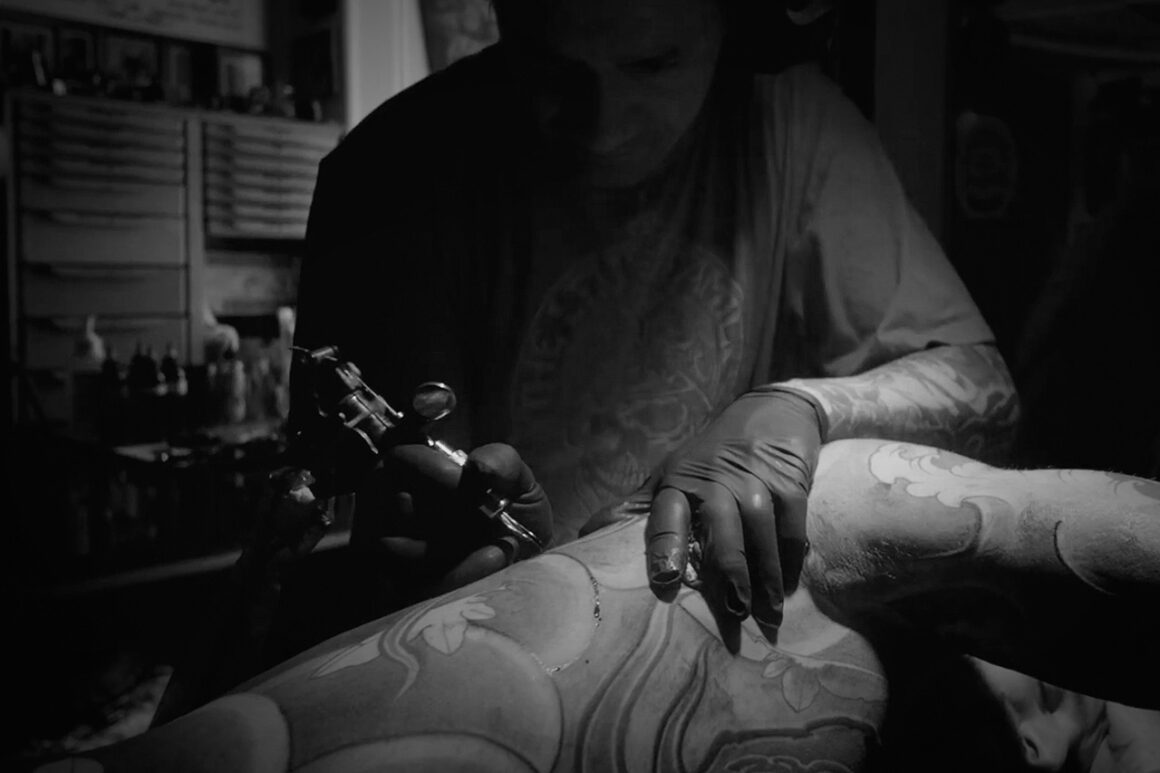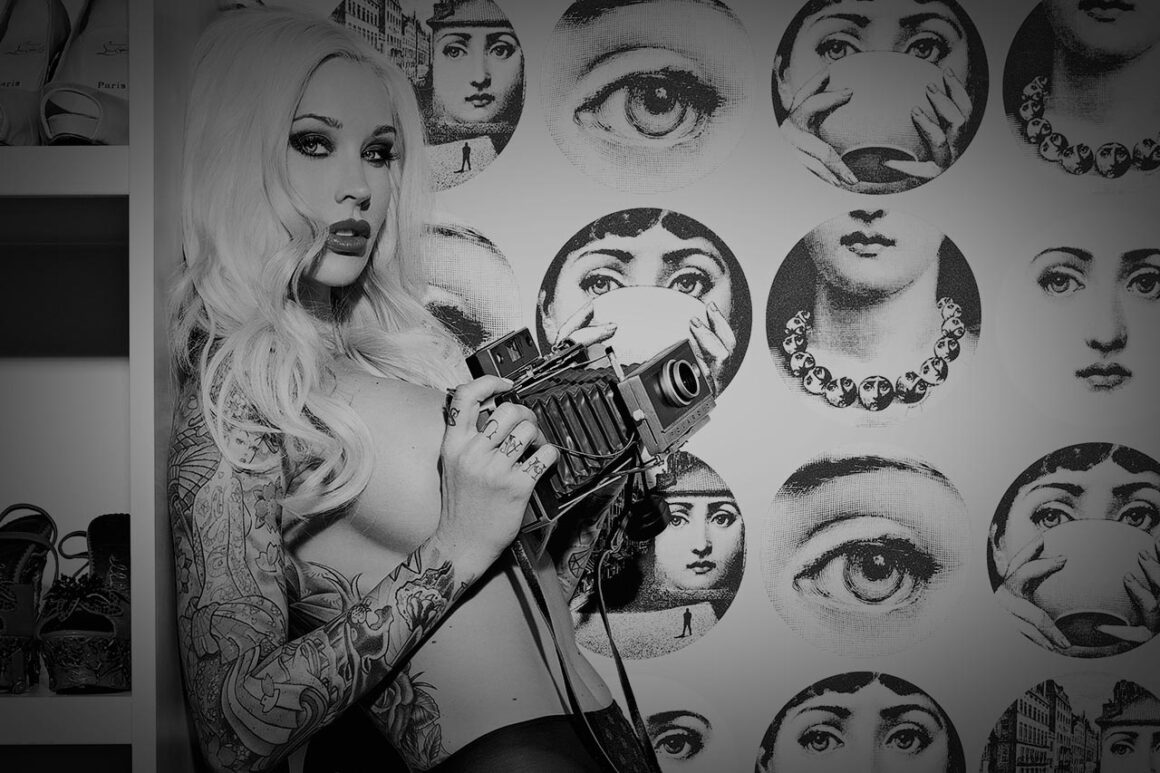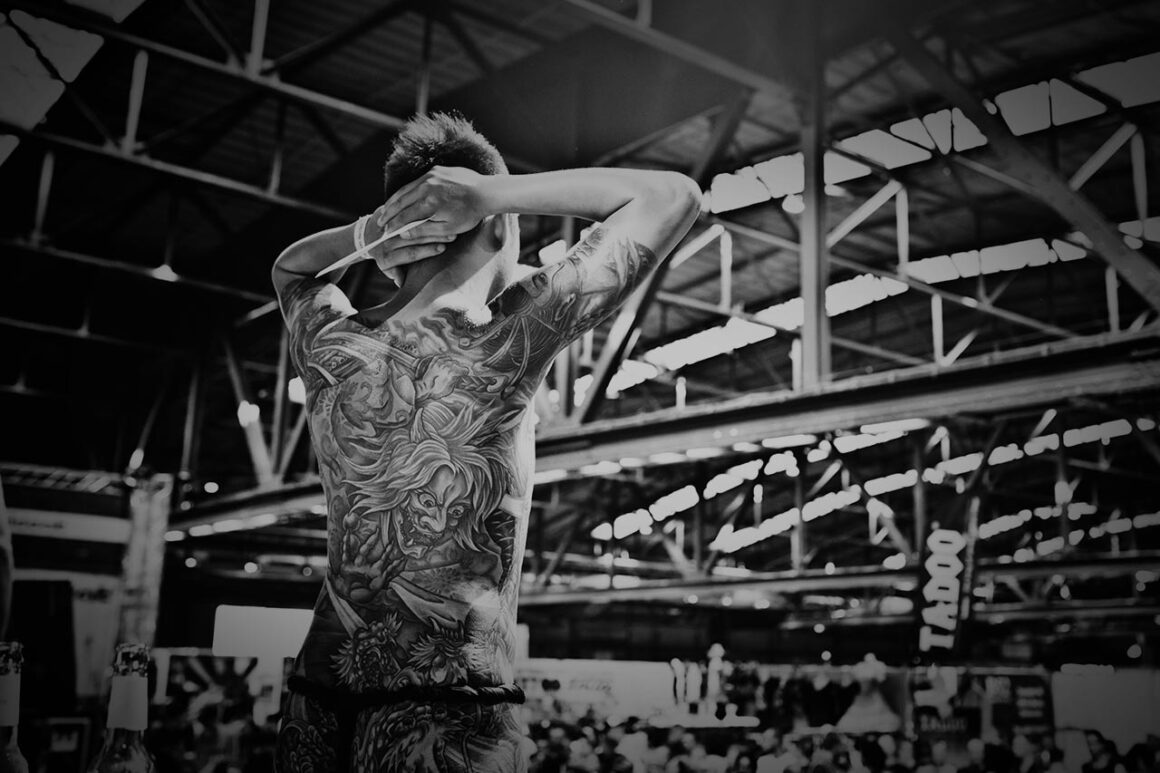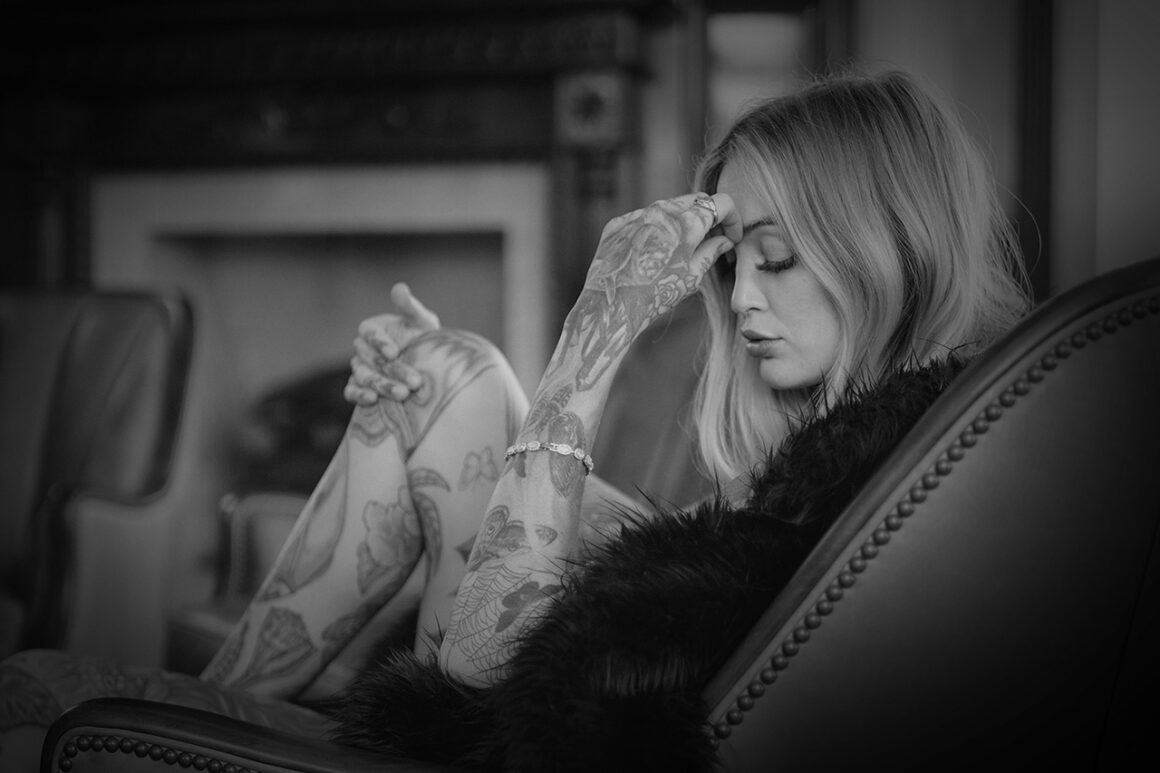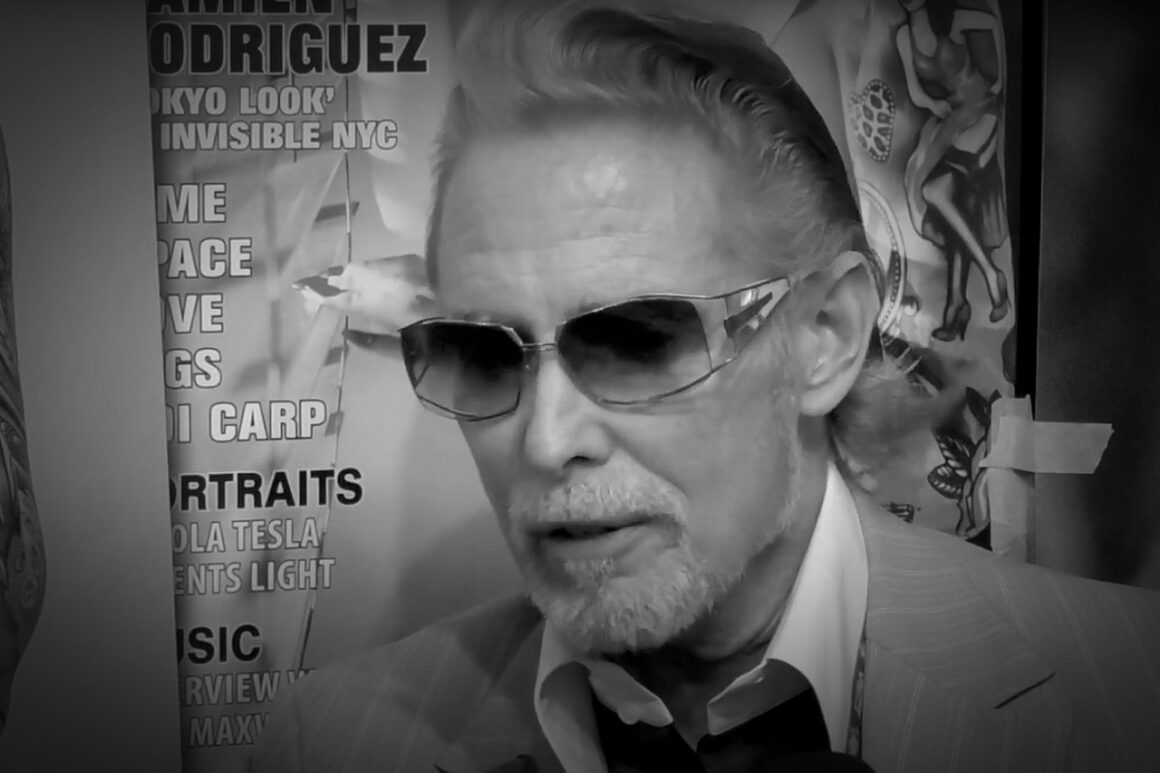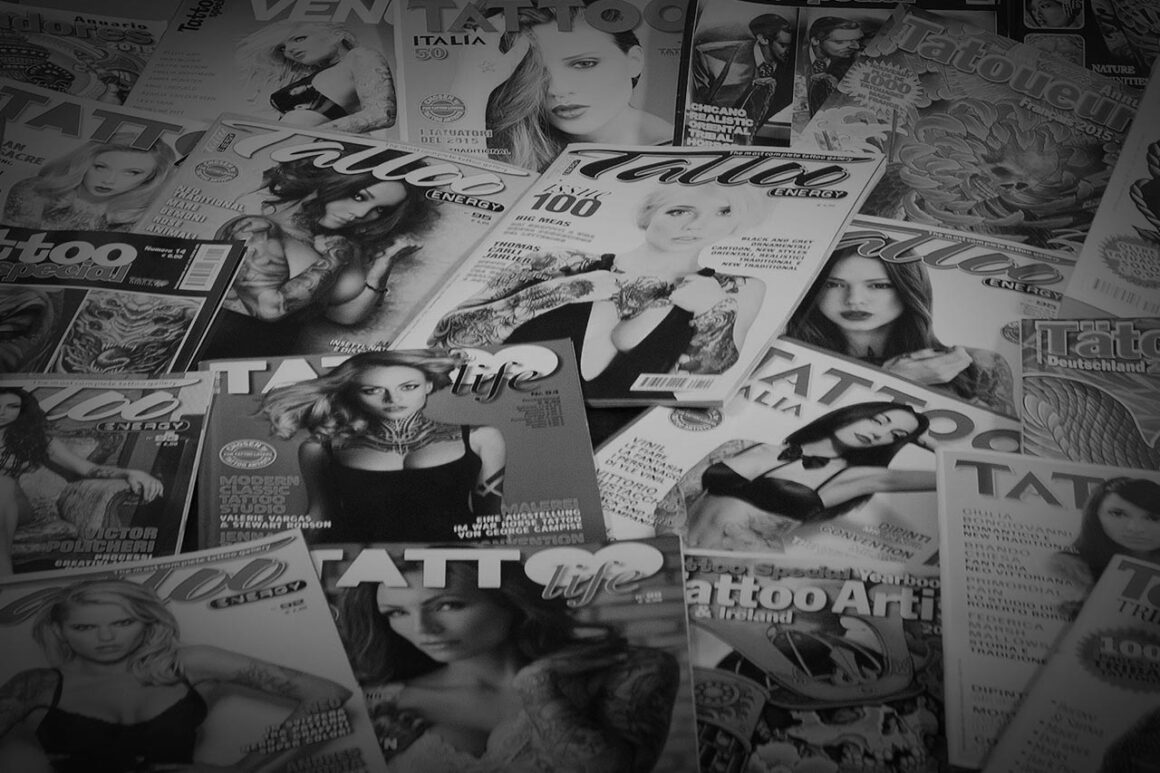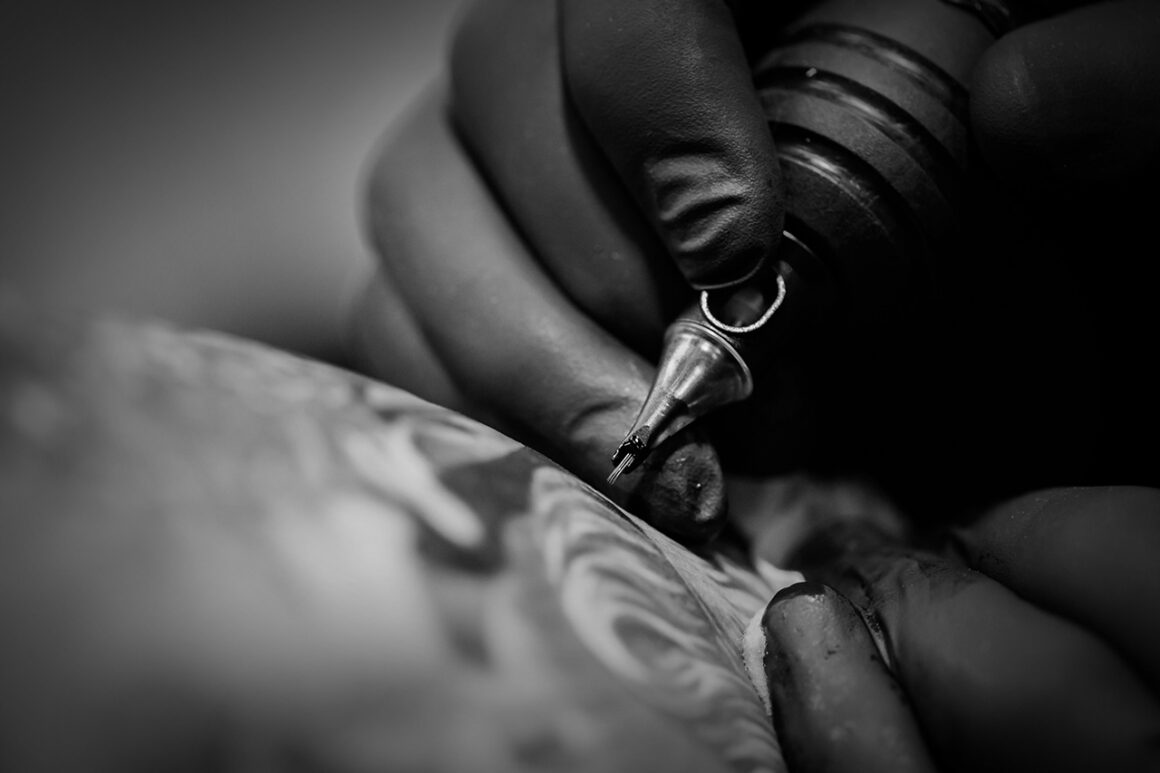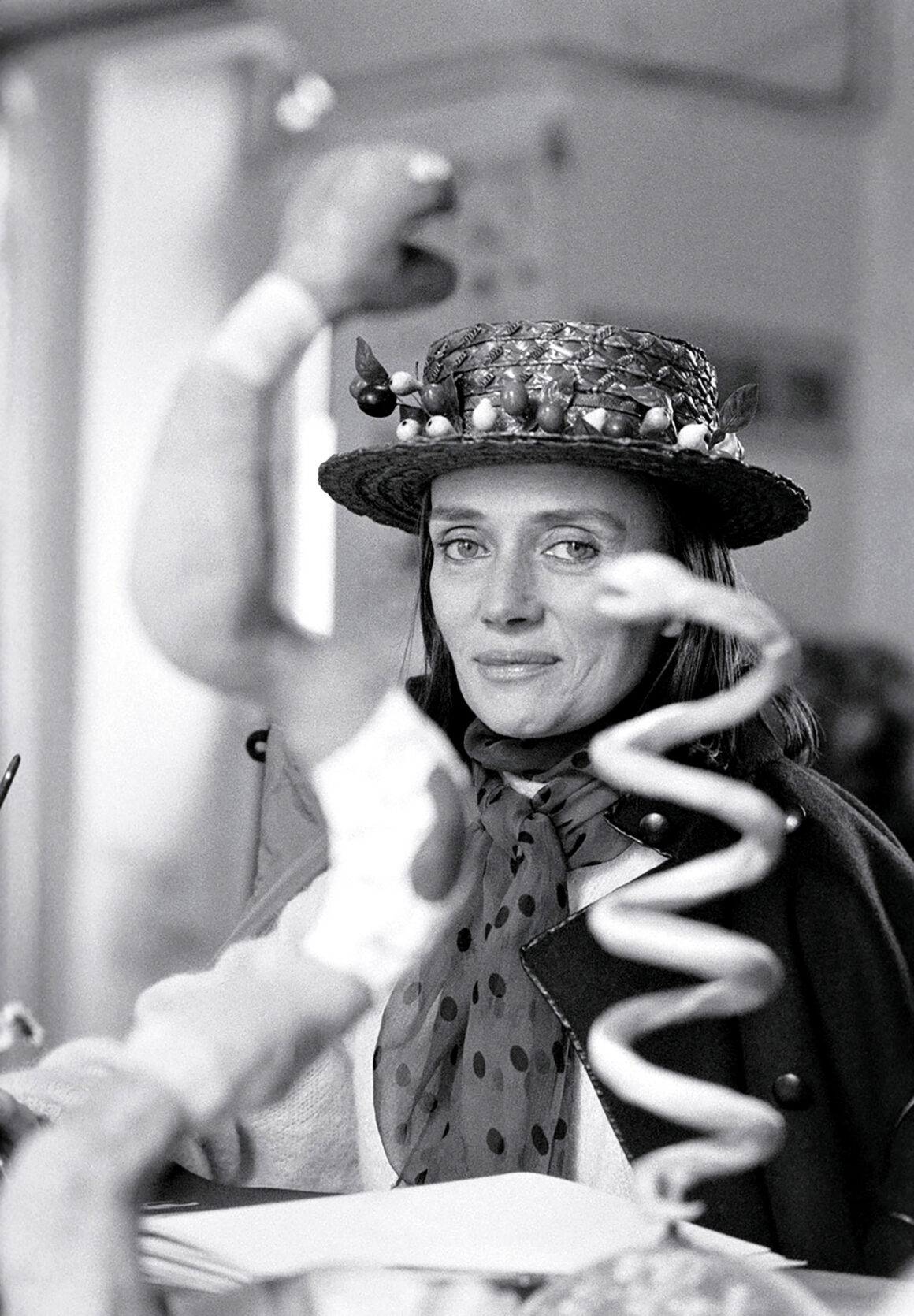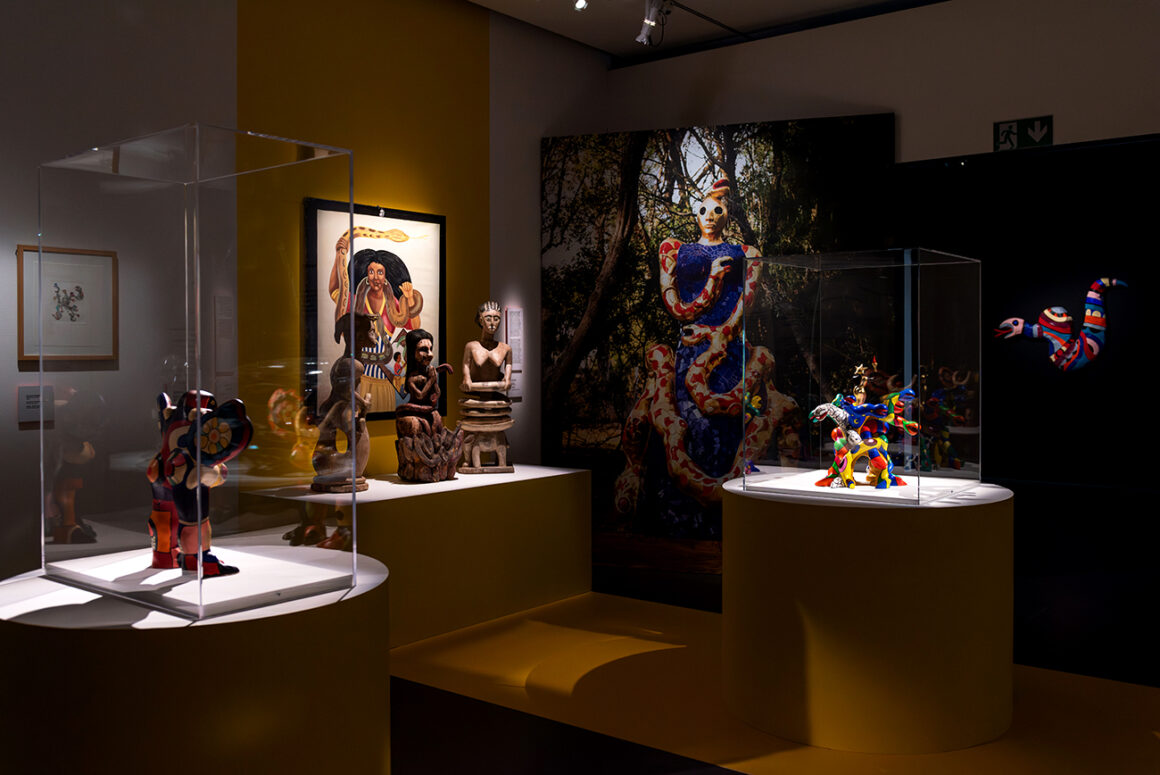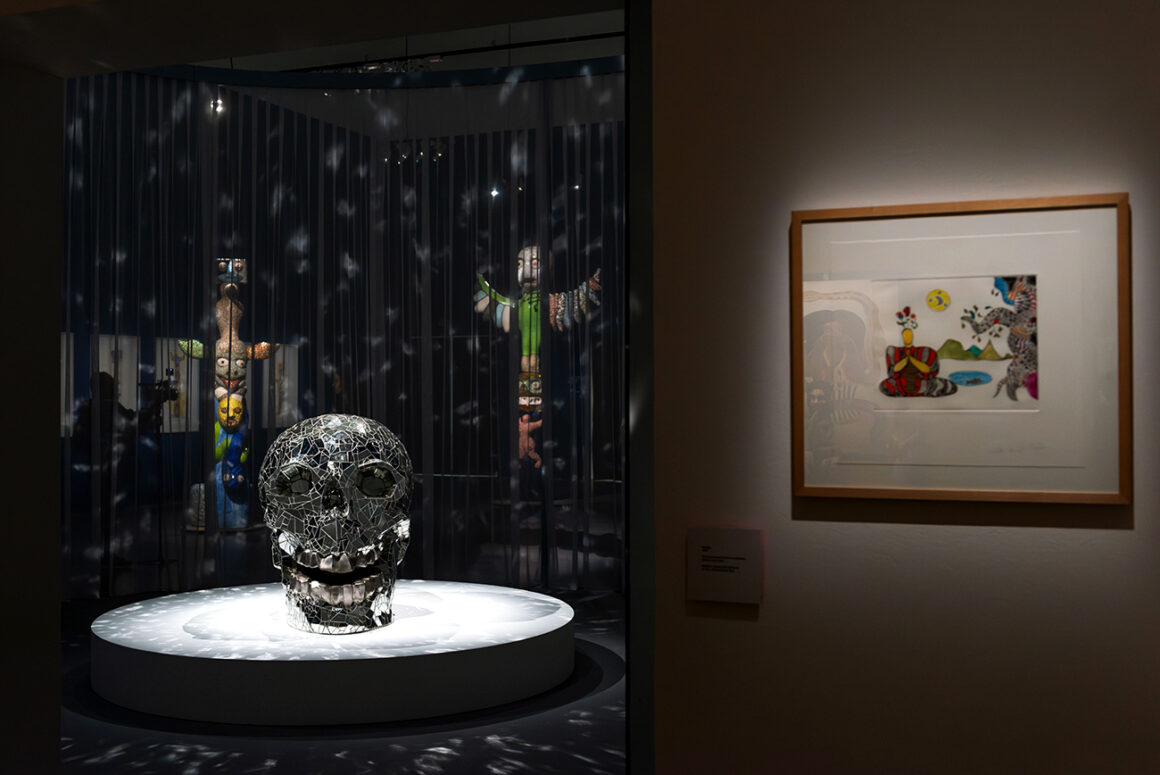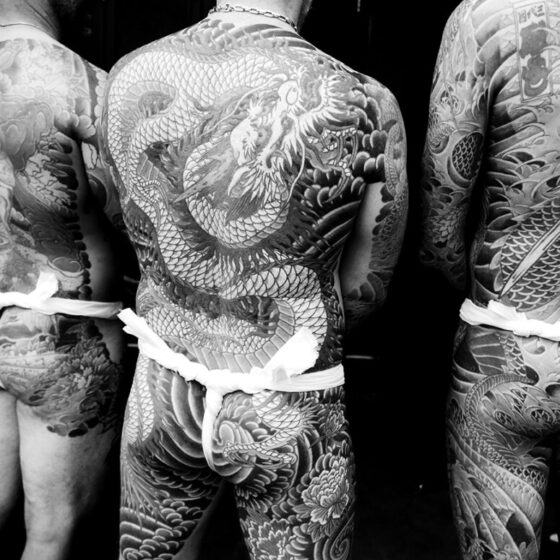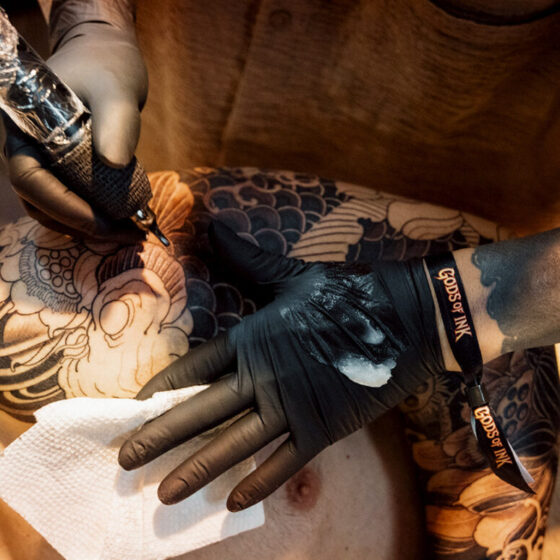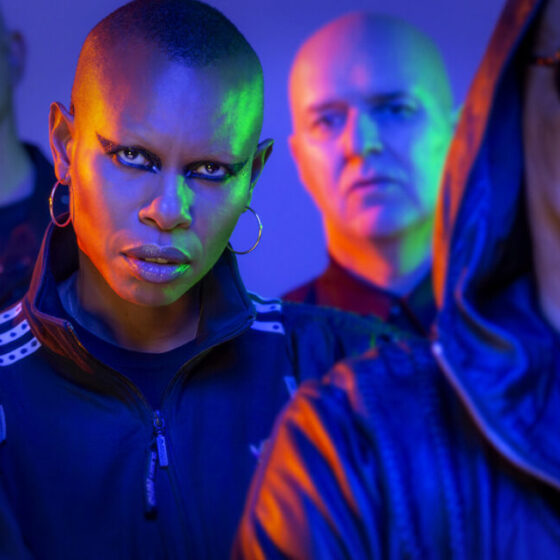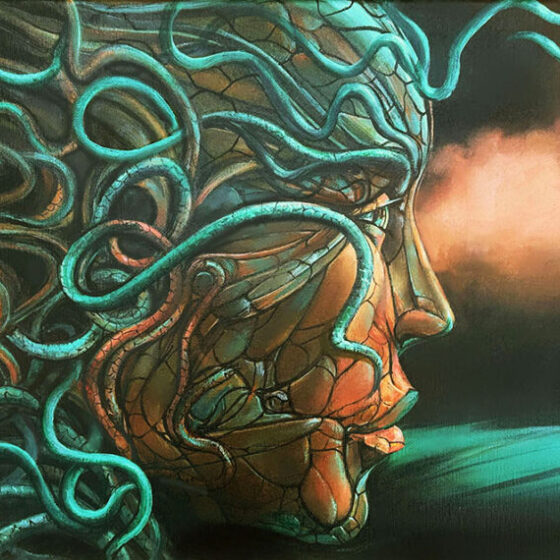Mudec Milano presents the solo exhibition dedicated to one of the most important artists of the 20th century: Niki de Saint Phalle, ‘woman and artist’ (as she liked to define herself). She was a painter, sculptor, experimental filmmaker, and performer, eluding a single definition.
Niki de Saint Phalle (Neuilly-sur-Seine, 1930 – La Jolla, 2002) was one of the artists who most challenged gender stereotypes through her art, expressing her identity through femininity, sensuality, and a love for life as creation.
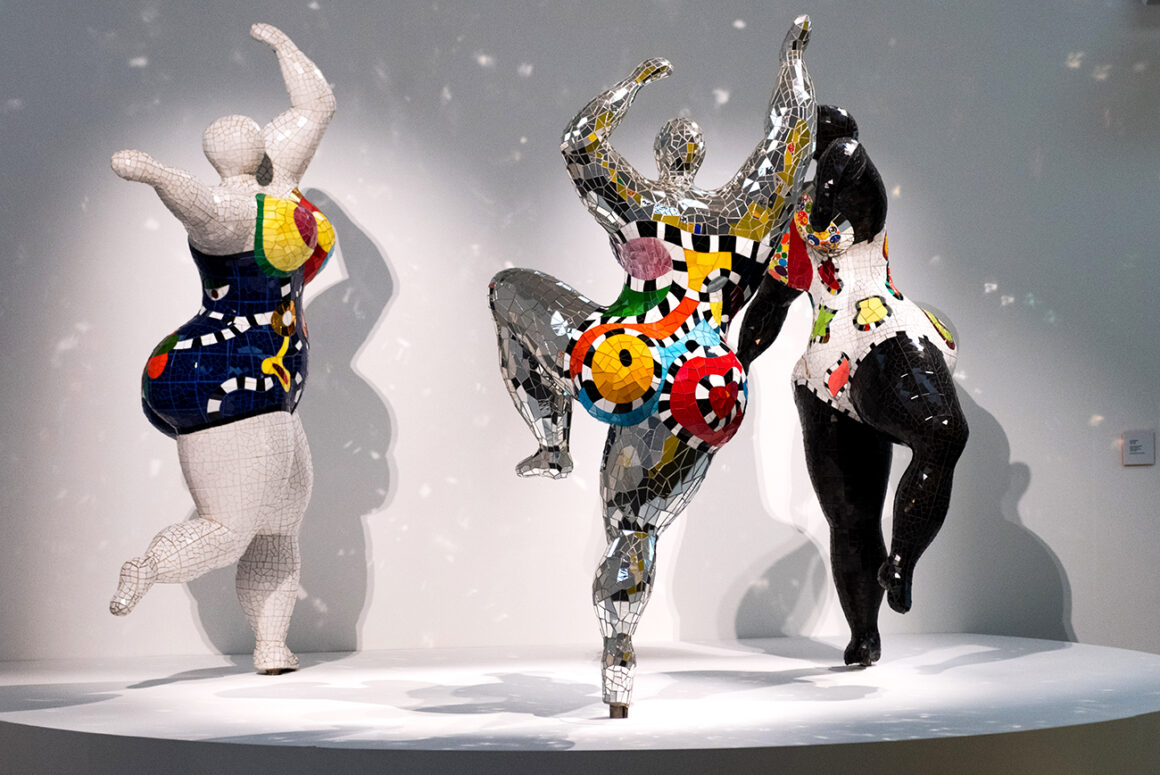
Her monumental works, including parks and public sculptures, are intertwined with more personal and sometimes poignant reflection. On the one hand, she is seen as an independent celebrity, proud of her art; on the other, her physical frailty and the many social inequalities and discrimination she witnessed throughout her life bring out her humanity and sensitivity towards the most vulnerable people.
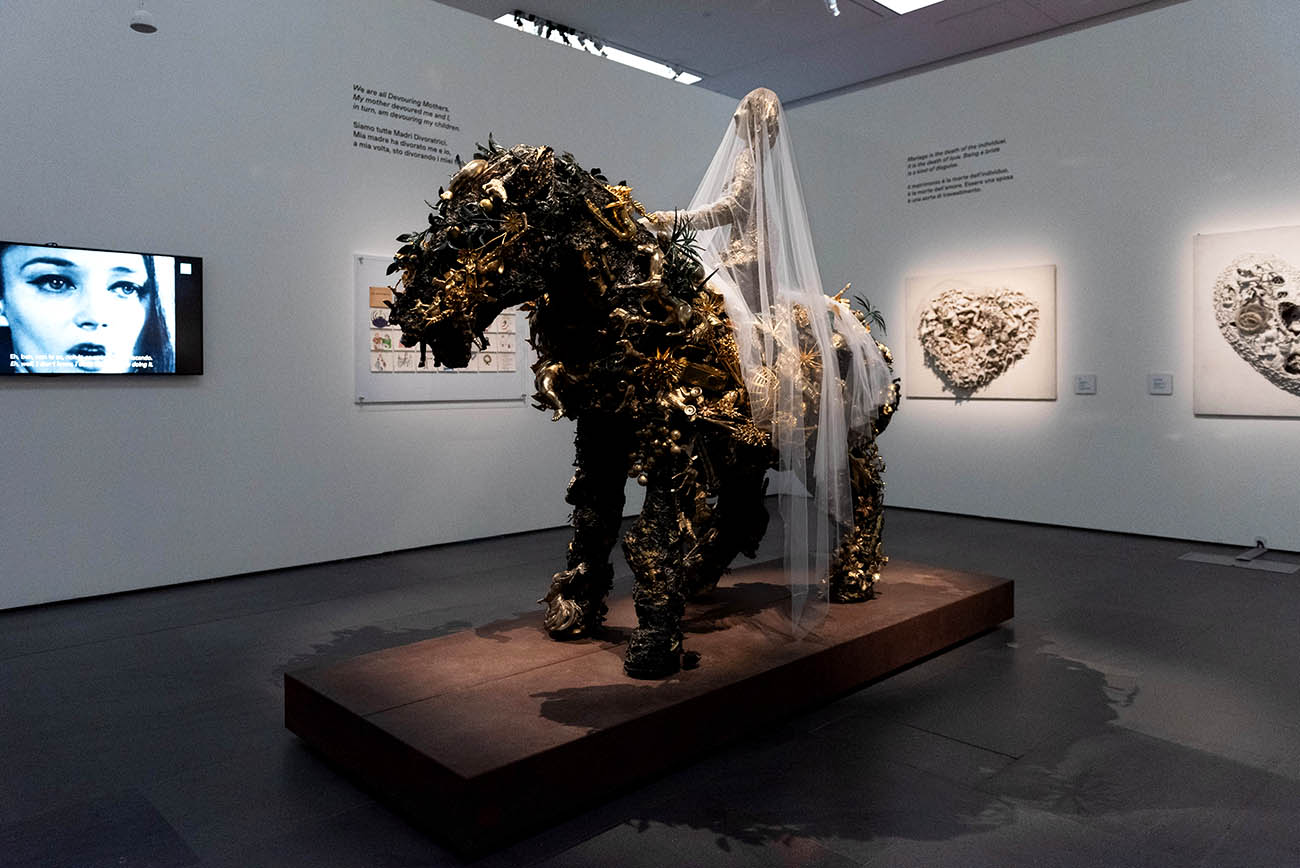
This exhibition brings 110 works to Milan, among which a dozen large-scale works, and also one set up in the outdoor courtyard of the Museum, along with a selection dresses from Maison Dior recalling her modeling past in the beautiful photos portraying her, while simultaneously telling the public, about a very “pop” personal vision of art, perceived as a path toward eclectic research, transformation and affirmation of beauty and femininity.
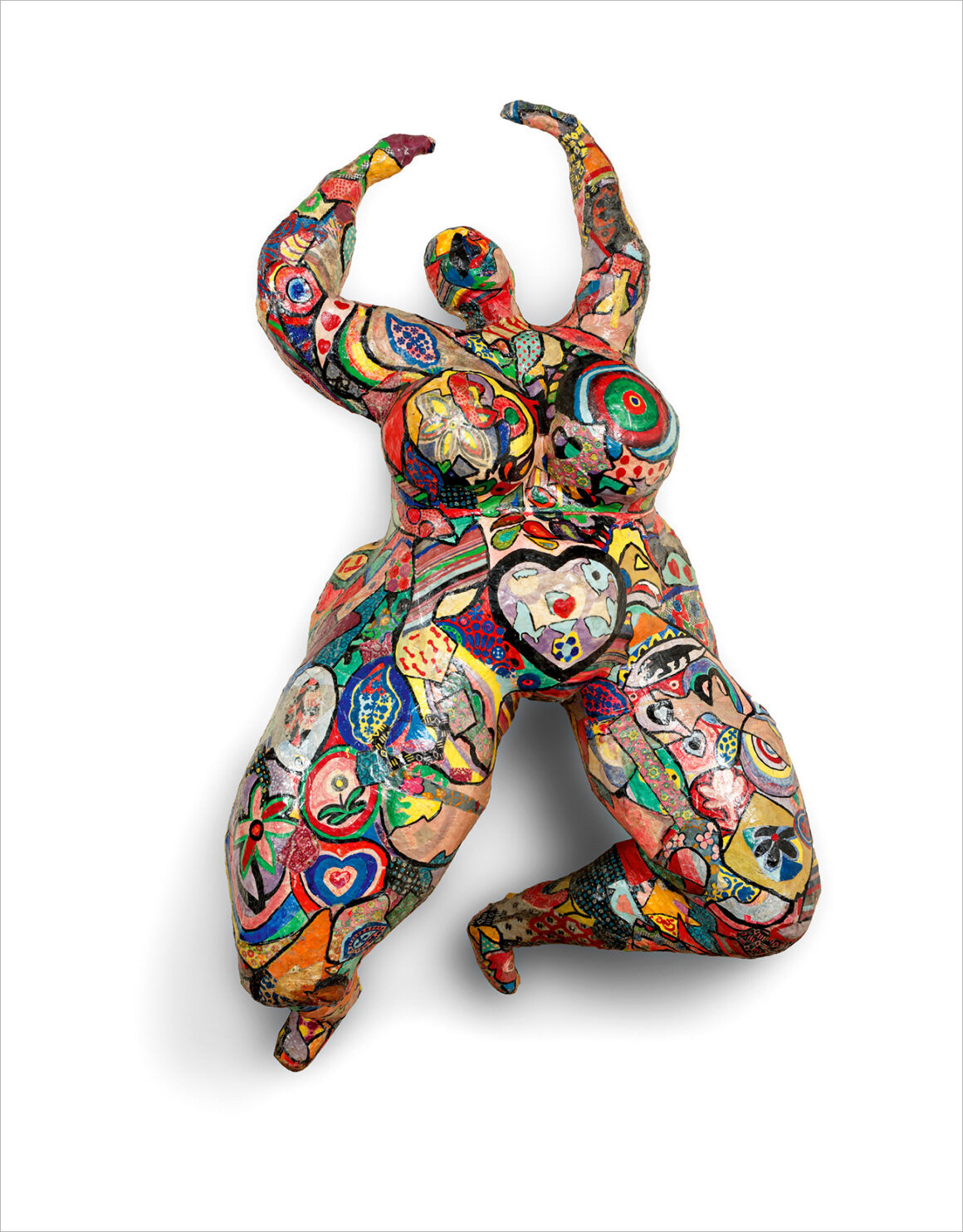
Curated by art critic Lucia Pesapane, who has installed several exhibitions and retrospectives on Niki de Saint Phalle all over the world, this exhibition narrates Niki’s artistic life in eight sections, from the beginnings to her latest works. This diachronic yet strongly anthological rhythm retraces her personal life through the colorful, polymorphic, round, and maternal world of her Nanas (and more), revealing a much less colorful and maternal personal life.
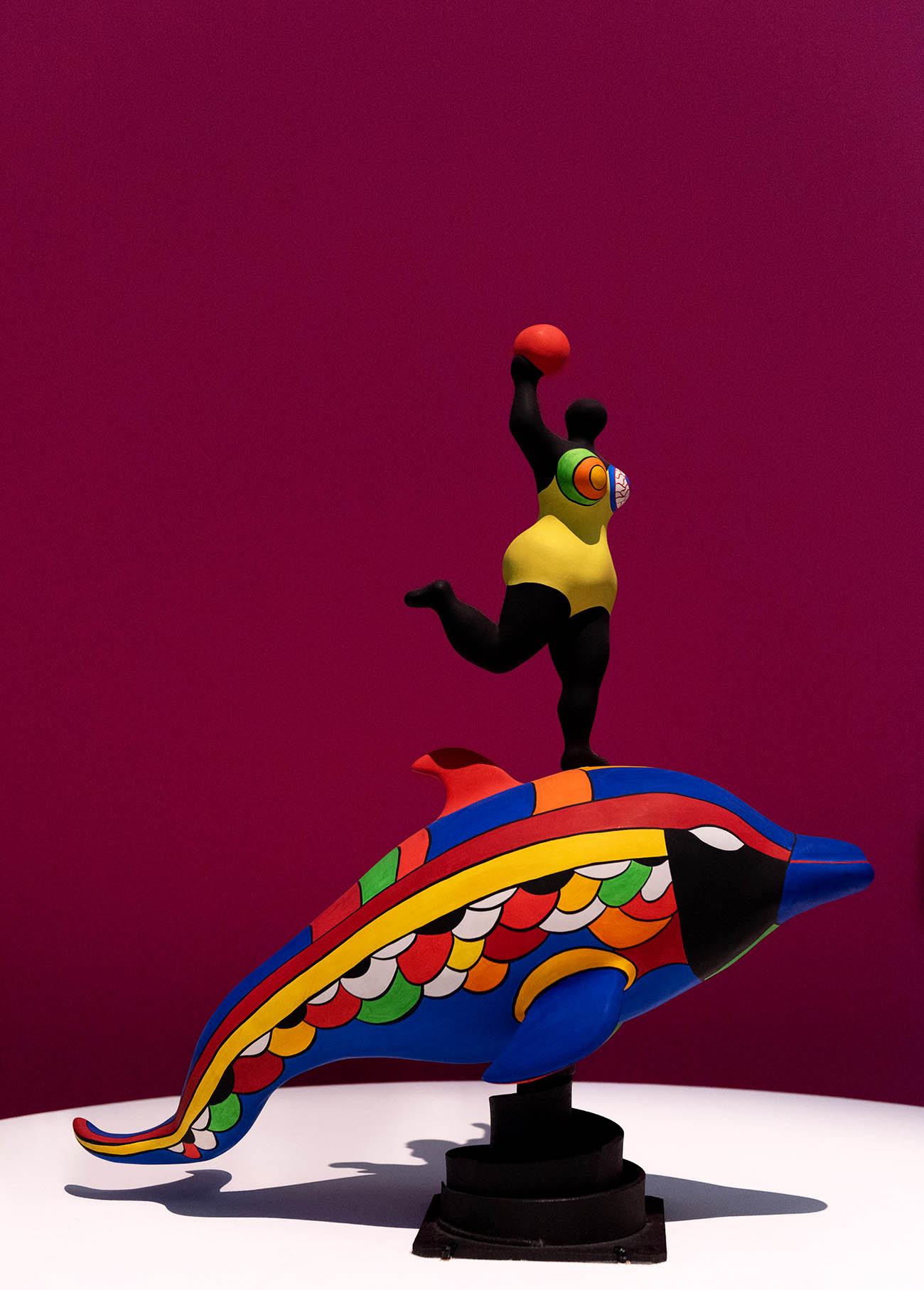
During her own life, this artist has often had to destroy in order to process grief, then she had to rebuild, breaking the mould through her unconventional artworks, sending messages through her intense provocations, and thus leaving a lasting mark on the art world.
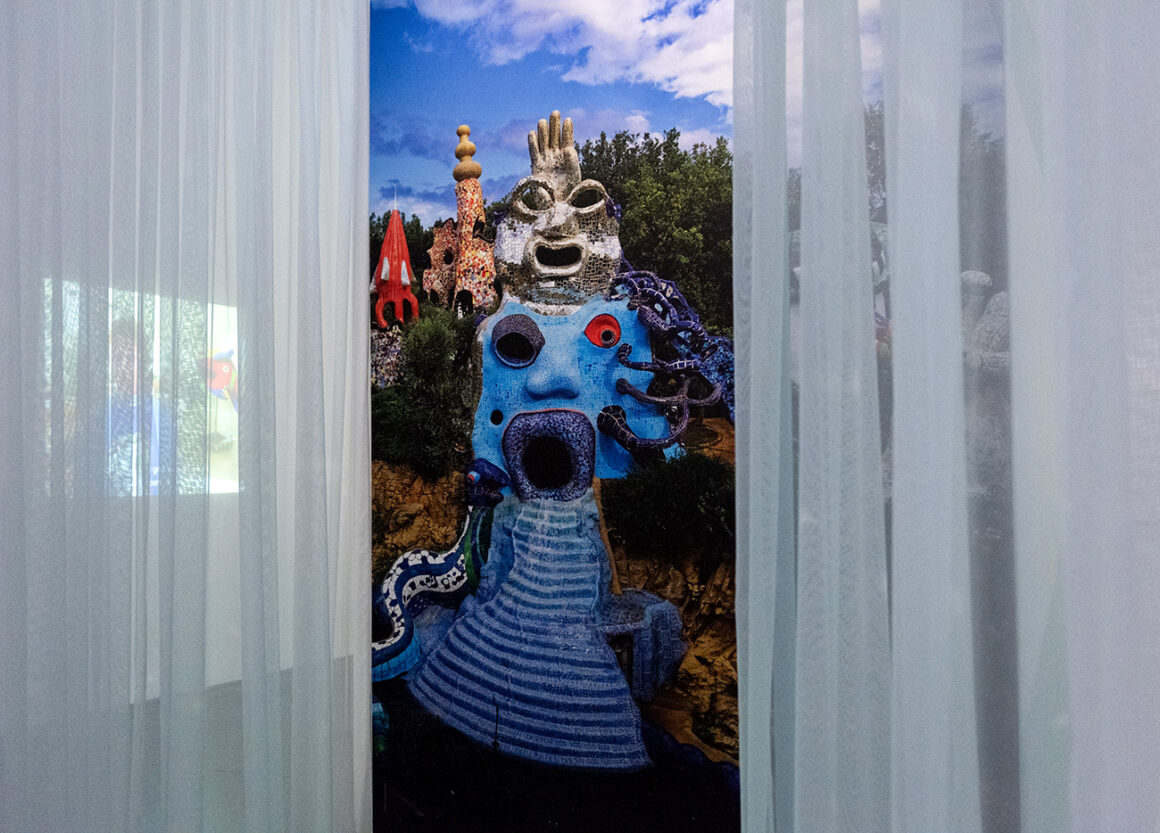
As a great lover of Italian artistic heritage, Niki de Saint Phalle creates a sculpture park in Capalbio, her masterpiece of monumental public sculpture: the Tarot Garden.
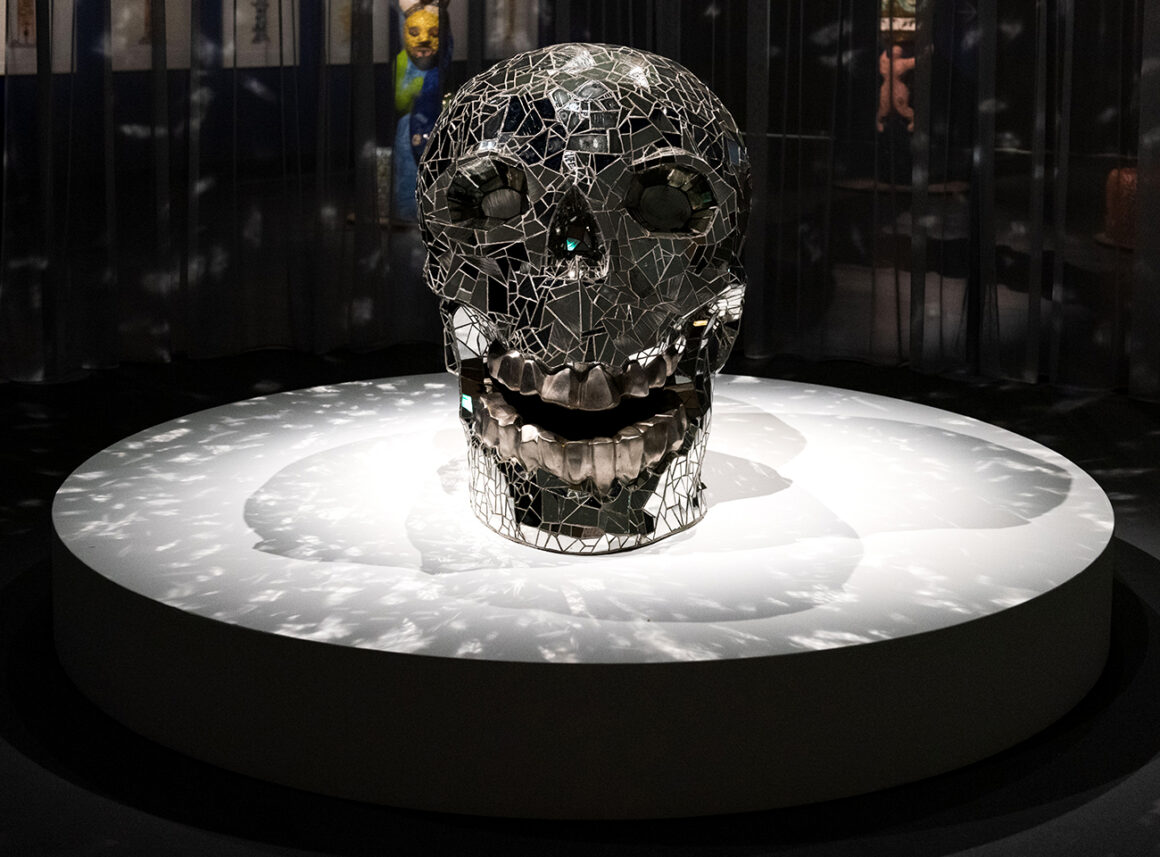
In the same period, her husband Jean Tinguely is on display with a huge exhibition at the Hangar Bicocca. Milan has been linked to these two artists since the Sixties, when it hosted the first exhibition of the Nouveaux Réalistes, where both artists were invited and where Niki stood out as the only artist among such names as Yves Klein, César Baldaccini, Daniel Spoerri, Jacques Villeglé, Christo, Gerard Deschamps, Edoardo Puglisi, Mimmo Rotella, Arman.

“The love story with Jean Tinguely was intense, passionate, explosive. One was the Yin and the other the Yang, Venus and Vulcan; they were the Bonny and Clide of art,” describes Lucia Pesapane, the curator of both exhibitions. “The duality and complementarity between the two of them is expressed through the juxtaposition of different materials, opposite colors, asymmetrical shapes that yet manage to create a surprising polyphony.”
